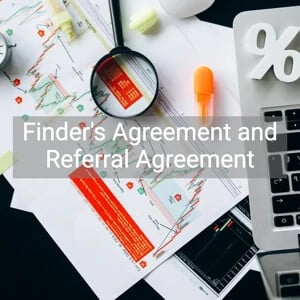Complaint / Claim / Apology Letter


In the business environment, it is not uncommon for the customer to notify the company of any issues they have with the products or services, or even make a claim against the company. The company may respond by writing a letter of apology and may even agree to compensate the client for the loss.
The importance of a letter of complaint should not be understated. It serves as a record that a complaint has been lodged, helps to safeguard any legal rights you may have in this situation, and let the company know that you are taking the complaint seriously.
The most effective complaint letter should be based on facts and not emotions. Here are some tips on how to write a formal complaint:
Be Concise - Describe the product or service you purchased and the problem. Include the serial number or model, and the name and location of the seller. If you are following a conversation, be sure to say who you have spoken to and confirm the details of what you discussed.
Be Reasonable - Specify a reasonable response and timeframe you would like the seller to do.
State the Facts without being Emotional - Only state the facts and don't be hostile, angry, sarcastic or threatening. The person reading your letter may not be responsible for the problem, and politeness may create more incentive for the person to help to resolve it.
Attaching Records - Include copies of related documents such as receipts, work orders, and warranties. You can also send them a conversation record and email about the issue with the seller. Keep your originals. Be sure to quote your reference or account number if there is one.
Contact Person - make sure that the letter is addressed to the persons in charge with the correct email addresses. It is important to do your research to ensure that the person has the authority to process individual complaints.
In addition to the above elements of a complaint letter, one should also suggest reasonable compensation in a claim. Again, the letter should be clear and concise in explaining what the issue is, with all the factual details and records enclosed. You should then state how you are affected by the loss without being emotional, hostile or exaggerating your claim. In the end, you can ask for reasonable compensation. This should be worded positively by saying that you are confident that the company will take full care of the issue.
Complaint letters should be responded to promptly to restore the confidence of customers in the company. The apology letter should emphasise how you will resolve the situation rather than focusing on the error or problem. In a sense, it is effective customer feedback to improve the products/services/operations of the company. Instead of becoming defensive, one should be thankful for the feedback and respond in a polite and concerned manner.
If it is clearly the fault of the company, then an apology is warranted. It may also provide an explanation for the issue and suggest remedies or follow-up actions. One may even thank the customer for pointing out the issue, reaffirm the good intention of the company and promise that it will not happen again in the future.
Even if the company is not at fault, the response should be courteous and polite to maintain the image and goodwill of the company. One should be sympathetic to the customer's point of view and reject the complaint with a graceful attitude. It should be firm and tactfully explain to the customer the decision, thereby giving the customer a sense of fairness, responsibility, and cooperation with the company. Do not be negative, suspicious or accuse your customer of wrongdoing.
Whether to admit fault depends on the circumstances. If the situation is litigious (threatened litigation), it may not be wise to admit liability. In most cases, if it is clearly the fault of the company and it is willing to offer compensation/adjustment to the customer, one may be freer to admit the error for public relations purposes. If the customer is asking for unreasonable compensation, one could make a counteroffer somewhere in between that is both acceptable to the company and the customer.

21 Jul 2025
3 min read

17 Aug 2022
5 min read

15 Jan 2021
6 min read

28 Sep 2020
8 min read







Not the right document?
Don’t worry, we have thousands of documents for you to choose from: